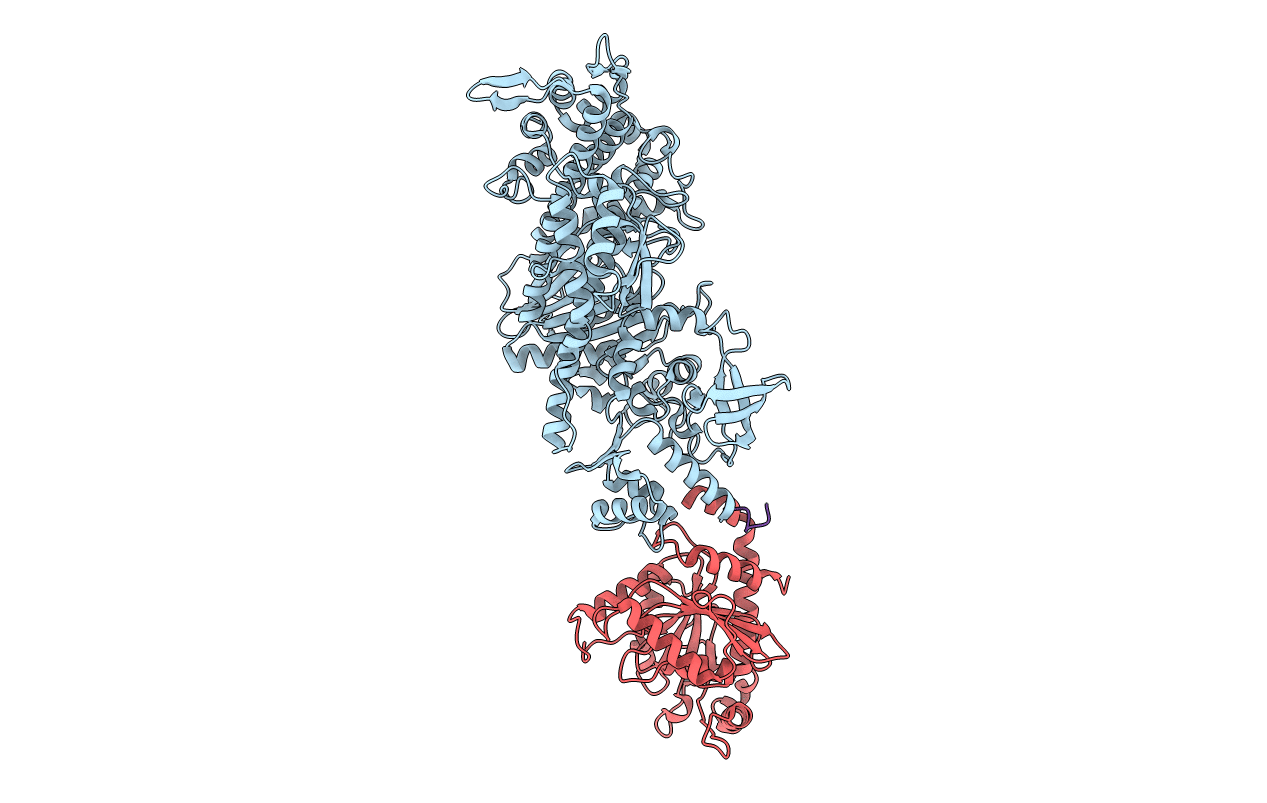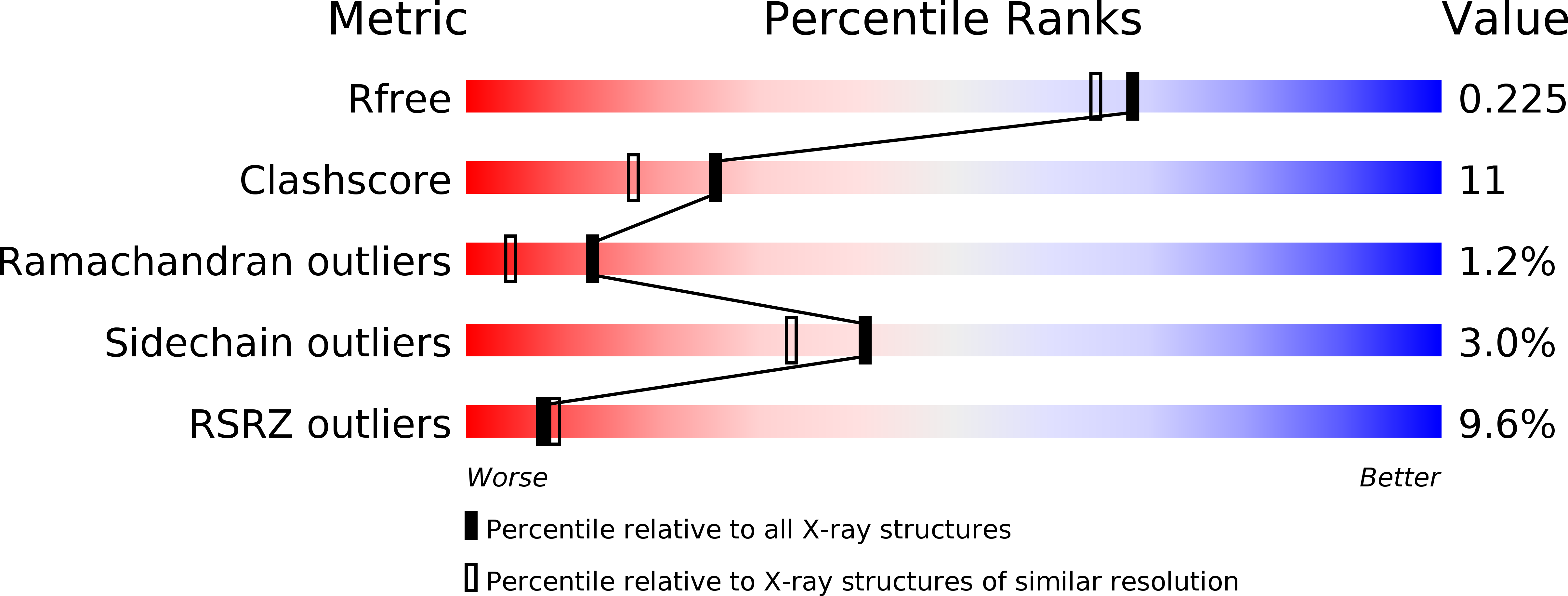
Deposition Date
2005-08-03
Release Date
2005-08-23
Last Version Date
2024-10-30
Entry Detail
PDB ID:
2AKA
Keywords:
Title:
Structure of the nucleotide-free myosin II motor domain from Dictyostelium discoideum fused to the GTPase domain of dynamin 1 from Rattus norvegicus
Biological Source:
Source Organism:
Dictyostelium discoideum (Taxon ID: 44689)
Rattus norvegicus (Taxon ID: 10116)
Rattus norvegicus (Taxon ID: 10116)
Host Organism:
Method Details:
Experimental Method:
Resolution:
1.90 Å
R-Value Free:
0.22
R-Value Work:
0.18
R-Value Observed:
0.18
Space Group:
P 21 21 21


